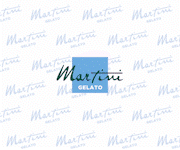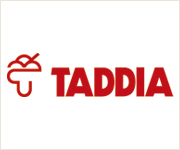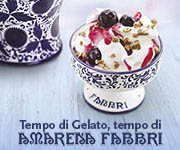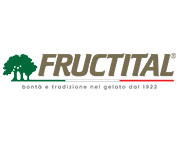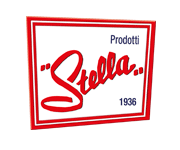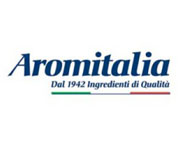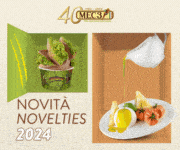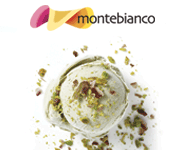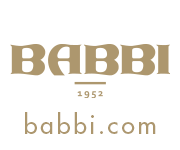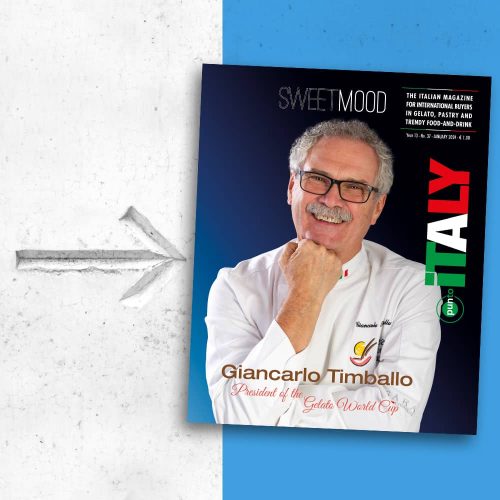Rustic but delicious
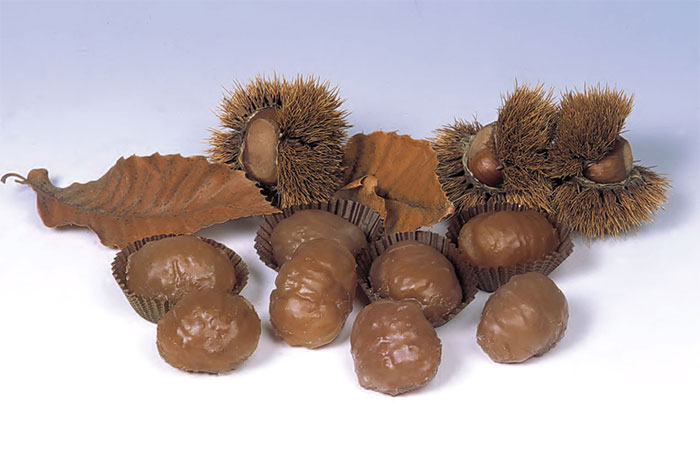
The chestnut, also referred to as “bread for the poor” in Italy, has transformed today into a highly sought-after ingredient in haute cuisine, pastry arts, baking and gelato arts. It is a nutritious and versatile nut, but you need to be familiar with it if you want to use it in its infinite possibilities. The first distinction that one must learn to make is that between the traditional chestnut and the Italian “marroni” variety.
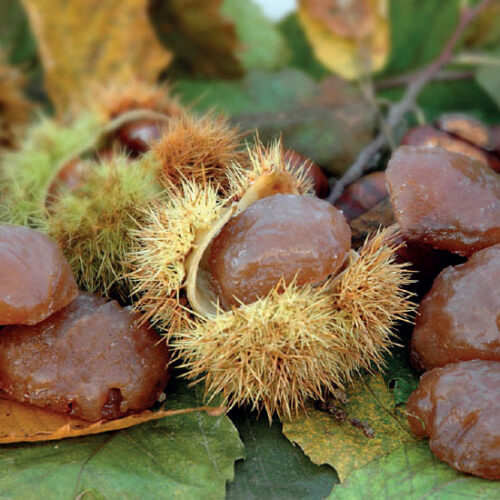
This is no small matter; in Italy, a royal decree dated 1939 defines the difference! Chestnuts and “Marroni” Chestnuts are an autumn crop of a wild plant, known in Italy as the “tree of bread.” In the past centuries, they were food for the commoners. Chestnuts were eaten boiled or roasted; often, they were made into flour to prepare bread, sweets and pasta. They are therefore an irreplaceable ingredient in “peasant food” so much so that there are still many mountain towns in Northern Italy that hold food festivals or an entire week of events that celebrate them. For tourists, it is an occasion ent plates that go from the appetizer to the dessert, especially because they are an extremely versatile nut. Once the virtues and the versatility of the chestnut were evident, its cultivation began. This foresaw grafting and pruning, giving life to the “marroni” variety. If in the chestnut burr, you can find six or seven kernels, in the “marroni,” you can find a maximum of three.
The marroni variety has a smoother skin, which allows it to be easily peeled. Chestnuts are small, dark and have a slightly flattened shape, whereas the “marroni” are bigger, round, lighter in colour and have a sweeter, crispier flesh that make them highly sought after in the pastry world, especially for making “marron glacé,” a type of candied chestnut.
The “horse one” is toxic A study conducted by the French agency for food safety (Anses), based on data registered by poison control centres from 2012 – 2018, tells us that the confusion between chestnuts and horse chestnuts resulted in 11% of the total reported poisonings. Horse chestnuts, or conkers, contain saponins, a substance that causes irritation, and can cause vomiting and diarrhoea based on the amount ingested. They are not fruit of the chestnut tree, but of the “Aesculus hippocastanum,” commonly known as the horse chestnut tree, a tree that grows mostly in northern and central Italy. The chestnut tree differs from the horse chestnut tree considering the shape of its leaves and the type of burr. The horse chestnut tree’s leaf is made up of different, small oval-shaped leaves, which give it a palm-like aspect, whereas the chestnut
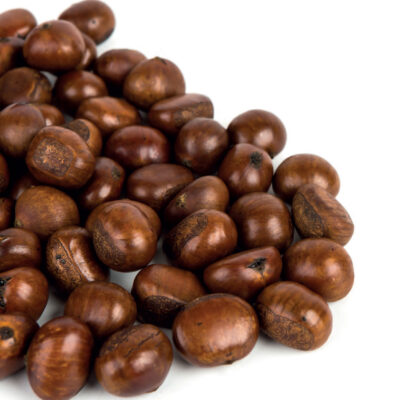
Recent Blog Posts
 Medac and AIFA: Hip hip hooray for Charles!
Medac and AIFA: Hip hip hooray for Charles! Sigep 2024 - Carpigiani’s special events with a look at the “green” future of Gelato and pastry
Sigep 2024 - Carpigiani’s special events with a look at the “green” future of Gelato and pastry Maurizio Manzi, as Ambassador for AIG, at the Melbourne Italian Festa
Maurizio Manzi, as Ambassador for AIG, at the Melbourne Italian Festa Medac awarded with the EcoVadis gold medal
Medac awarded with the EcoVadis gold medal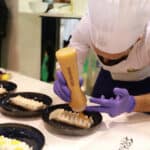 MIG Longarone and SIRHA Budapest: a new dynamic space for italian gelato
MIG Longarone and SIRHA Budapest: a new dynamic space for italian gelato Medac supports Alice Italian Food Academy
Medac supports Alice Italian Food Academy The Gelatissimo 2024 online ticket office is officially open.
The Gelatissimo 2024 online ticket office is officially open. Casa Optima Group looks for two exclusive agents
Casa Optima Group looks for two exclusive agents Gelatissimo 2024: here the first information
Gelatissimo 2024: here the first information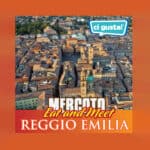 Ci Gusta opens a new store into the “Il Mercato Eat&Meet” in Reggio Emilia
Ci Gusta opens a new store into the “Il Mercato Eat&Meet” in Reggio Emilia



